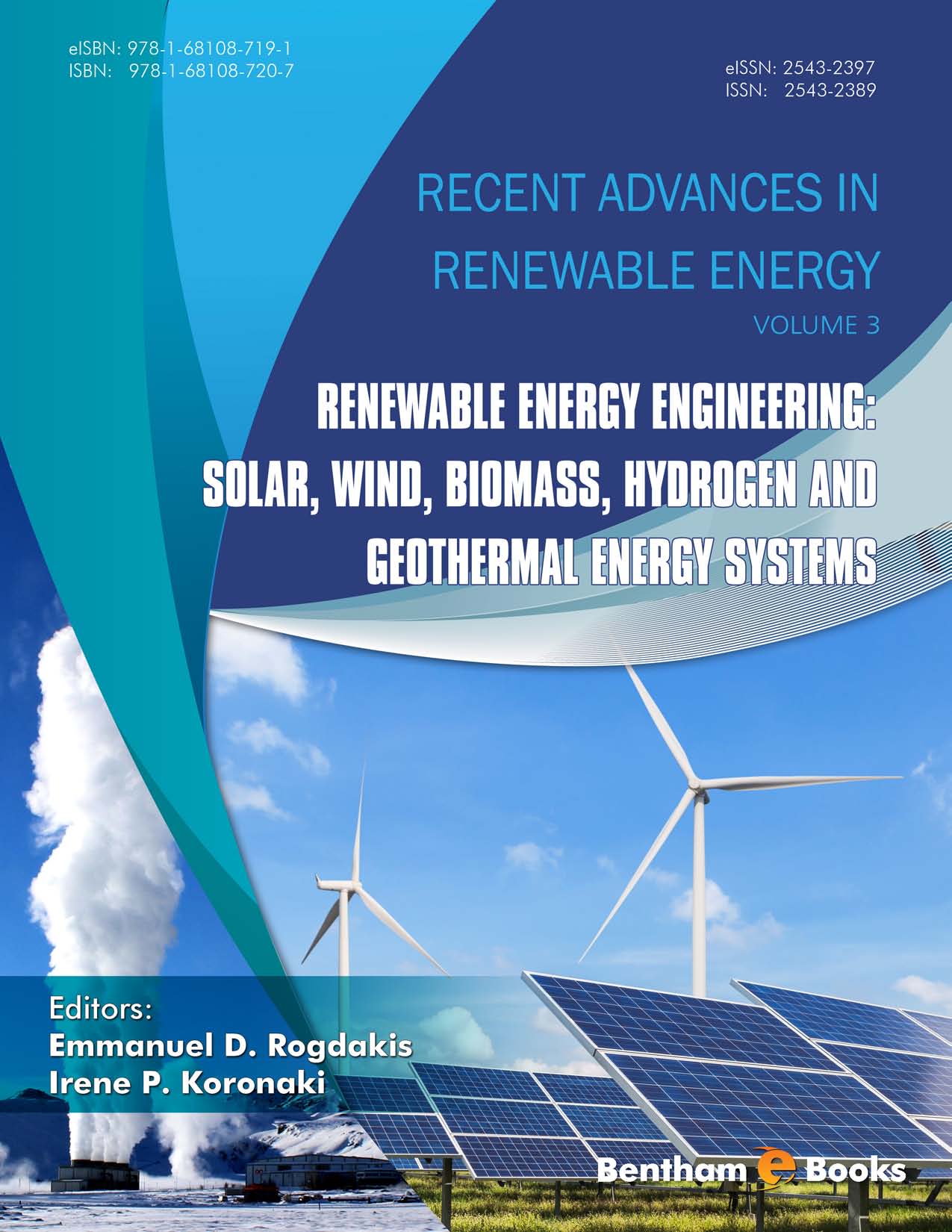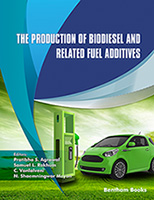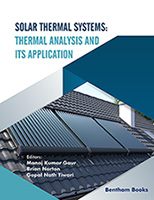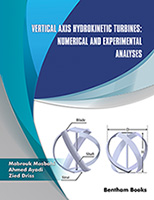This book examines the recent advances from the theoretical as well as applied perspectives addressing the major issues associated with renewable energy systems. Each chapter is self-contained and tackles the fundamental issues and latest developments of a particular sub-topic. This book gives the opportunity to even non-specialized readers to understand the complexity of each topic, and to access the most up-to-date literature. Moreover, it enables specialized readers to broaden their understanding of complex renewable energy topics and it provides a comprehensive overview of the cutting-edge developments of the issues covered by the book.
This book covers important themes including CSPs, thermal energy storage systems, bioenergy applications, hydrogen production storage systems and normal shallow geothermal systems as well as the measurement techniques that are used for these systems. “Recent advances in Renewable Energy Systems” is a reference book for professional engineers from power, refrigeration companies as well as engineering students because it connects the theory to applications in such a way that can be easily understood.
It is intended for researchers and postgraduates with an interest in energy, climate change and environmental economics, and also policymakers and energy companies.
Chapter 1 introduces CSP as mature technology according to its widespread deployment. CSP is the only type of renewable energy that allows long term energy storage over sufficiently long periods of time and at large scales to completely eliminate the intermittent nature of the solar resource. However, cost reduction is essential in order to compete with alternative sources. Existing technologies are described in detail highlighting improvement opportunities. Increasing the overall solar-to-electric energy conversion efficiency by developing new power conversion pathways and looking for alternative markets for CSP such as desalination, process heat, enhanced oil recovery or hybridization appear to be the best options for the future.
In Chapter 2, Thermal Energy Storage (TES) systems are presented, supported by renewable energy sources (mainly solar energy as an effective means of achieving the aforementioned goal). This study reviews the available TES systems. In this context, sensible TES systems which utilize liquid and solid storage media and their applications are presented. Furthermore, the usage of ice and other solid-liquid phase change materials in latent heat storage systems is investigated in terms of materials, applications and future trends. Finally, the utilization of thermochemical reactions in TES systems is presented.
In Chapter 3, new and innovative ideas about the adoption of solar energy systems in buildings are presented. Simple and low cost solar collectors which can produce heating in low and medium temperatures levels are analyzed. Emphasis is given in the utilization of Phase Change Materials, as well as in the utilization of solar assisted heat pumps. Moreover, innovative passive heating systems, as Trombe wall are presented with details.
Chapter 4 presents the use of solid, liquid and gaseous biomass as an energy source, with particular emphasis being given to biogas production by anaerobic digestion.
Chapter 5 presents the evolution of wind energy throughout the last 30 years, along with its prospects for covering a considerable percentage of the future global electrical demand. Furthermore, available information concerning the major wind energy markets has been analysed and revealed in general the existing trends of wind energy for the next years to come. In this context, technology and financial aspects along with environmental issues arising from wind power projects’ implementation are investigated in order to provide all the necessary data for acquiring an integrated view of the wind energy future.
Chapter 7 provides basic operational and construction guidelines concerning all possible geothermal plants (closed or open loop) along with representing drawings. The chapter begins with basic geological information regarding the ability of the subsoil to absorb or supply heat via the integrated heat exchanger. Subsequently, a summary on the operation of heat pumps in general and the advantages of geothermal pumps is provided. Then, the two main categories of geothermal loops are analyzed: closed loop horizontal or vertical geothermal exchangers and open loop system installations. Finally, the proposed methodology to follow when such a system should be designed is discussed, containing cost elements issues of such systems.
Chapter 8 presents the essential continuous monitoring of outdoor natural qualities for optimizing operation, preventing small and large scale damages and adapting design according local conditions. Common requirement for such applications is saving data for a long period of time and/or the ability to send them on line. This is why most of the instrumentation presented in this chapter is based on transducers: flow transducers, temperature transducers solar radiation transducers, humidity transducers etc.
Emmanuel D. Rogdakis & Irene P. Koronaki
Thermal Engineering Section
School of Mechanical Engineering
National Technical University of Athens
9th Heroon Polytechneiou St.
15780 Zografou, Athens,
Greece





